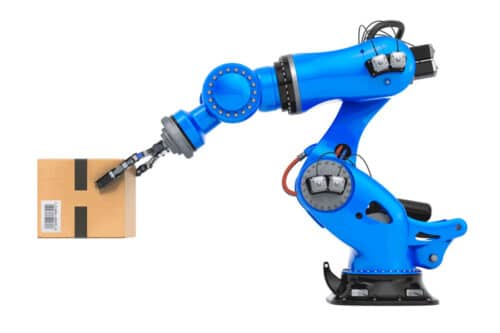Robots can now figure out an object’s weight and softness by shaking it, using only sensors, no cameras or tools needed.

Researchers from MIT, Amazon Robotics, and the University of British Columbia have developed a method that allows robots to learn about an object’s weight, softness, or contents by gently shaking it. Robots can use internal sensors to determine an object’s mass within seconds, without requiring cameras or external tools. This low-cost technique is beneficial in environments where cameras may not work, such as in dark spaces or during disaster recovery.
A key part of the method is a simulation process that models both the robot and the object, enabling the robot to identify object characteristics during interaction quickly. The technique is as effective as more expensive computer vision methods. It is robust enough to handle a variety of unseen scenarios, making it a versatile solution for diverse robotic applications.
Sensing Signals
The researchers’ method uses proprioception, which is the ability to sense movement or position, similar to how humans feel the weight of a dumbbell. A robot can sense the heaviness of an object through its arm joints. As the robot lifts an object, it collects data from its joint encoders, which measure the position and speed of its joints, making the method cost-effective without needing extra sensors like touch or vision trackers. The system uses two models for the robot’s motion and the object’s behaviour. By tracking the robot’s movements and using the joint data, the algorithm figures out the object’s properties, like how a heavier object moves more slowly than a lighter one under the same force.
Differentiable Simulations
The technique uses differentiable simulation to predict how changes in an object’s properties, such as mass or softness, affect the robot’s final joint position. The researchers hope to combine this technique with computer vision for a more powerful multimodal system. They also aim to apply it to more complex robotic systems, like soft robots, and handle objects like sloshing liquids or granular materials. Ultimately, they envision this technique enhancing robot learning, enabling robots to develop new manipulation skills and adapt to changing environments quickly.






